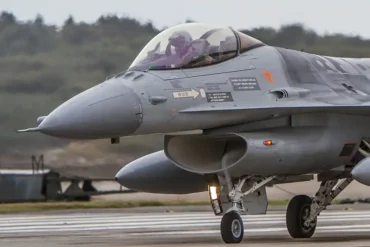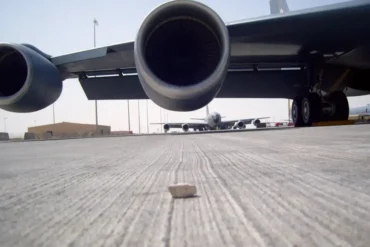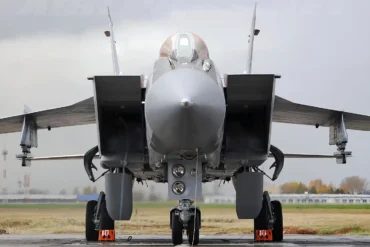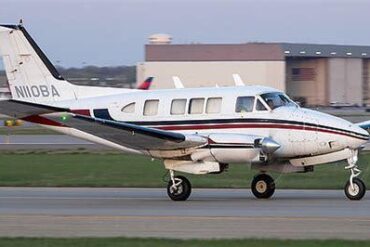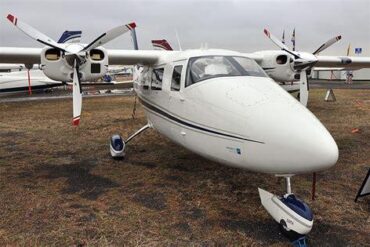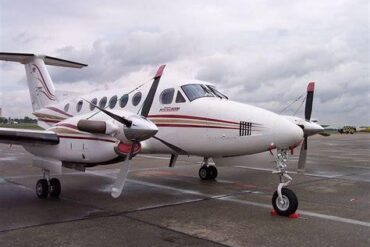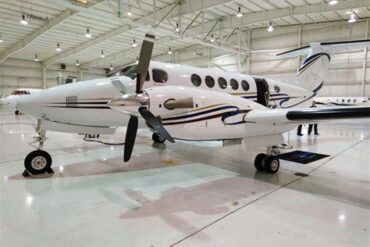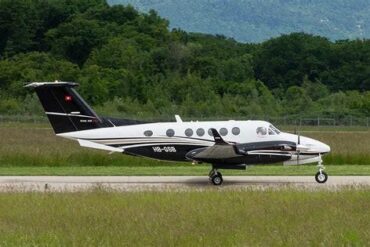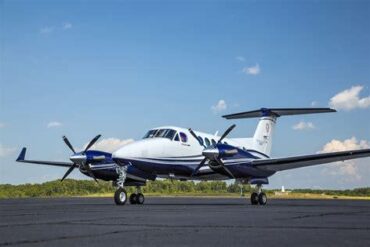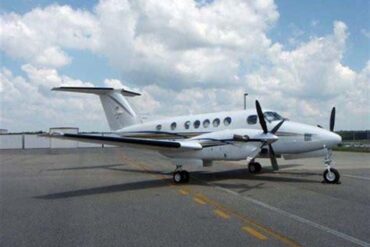The F-15 Eagle, a renowned and highly capable fighter jet, stands as a testament to engineering excellence. Among its many advanced features, one of the most fascinating aspects is the tilting air intake system. This unique design is not only visually intriguing but plays a critical role in the fighter’s performance, particularly in maintaining optimal engine function during complex flight maneuvers. In this article, we delve deep into the functionality and significance of the F-15’s tilting air intakes, exploring their design, operational benefits, and the cutting-edge technology that powers them.
The Role of Air Intakes in Jet Engine Performance
For any high-performance fighter aircraft, the air intake system is one of the most critical components. The primary purpose of air intakes is to funnel air into the engines, where it is compressed, mixed with fuel, and ignited to produce thrust. For the F-15, which is equipped with powerful Pratt & Whitney F100-PW(IHI)-220E turbofan engines, maintaining a smooth and continuous flow of air is essential to avoid engine stalls and ensure peak performance.
However, achieving this optimal airflow is not as simple as just feeding air into the engines. The dynamics of airflow can change rapidly based on the aircraft’s speed, maneuvering, and angle of attack. In the F-15, compressor stalls—a condition where the airflow into the engine becomes disrupted—have been a historical challenge. To combat this, engineers designed a highly sophisticated variable geometry air intake system, which adjusts to ensure that the engine receives a consistent flow of air, regardless of the flight conditions.
How the Tilting Air Intakes Work
The F-15’s tilting air intakes are an innovative solution to the problem of variable airflow. These intakes are not fixed but rather are designed to sweep forward and tilt up and down based on several flight factors. This dynamic movement is controlled by an air data computer, which constantly monitors and adjusts the intakes to optimize the airflow.
Mechanics of the Tilting System
The tilting air intake system of the F-15 operates by altering the angle of the intake aperture in response to the aircraft’s changing angle of attack (the angle at which the relative wind meets the wing) and speed. This ensures that the intakes remain directly aligned with the airstream, allowing the engines to gulp large amounts of air efficiently. When the aircraft maneuvers—particularly at low speeds or during tight turns—the air intakes adjust rapidly, nodding up and down to maintain this optimal alignment.
The angle of attack plays a pivotal role in determining the direction of airflow relative to the aircraft’s body. As the F-15 engages in aggressive maneuvers or changes altitude, the air intake must compensate for these shifts to maintain a steady and smooth stream of air into the engines. If the intake angle is incorrect, air can become turbulent, leading to inefficient engine performance or even compressor stalls, which can disrupt the aircraft’s flight and potentially damage the engines.
Speed and Angle of Attack: Triggers for Intake Movement
Two key factors trigger the movement of the F-15’s tilting air intakes: the aircraft’s speed and its angle of attack. When the aircraft is flying at low speeds, especially during high angles of attack (such as during combat or sharp turns), the air intakes tilt more significantly to maintain a smooth, subsonic airflow. This is especially crucial when the F-15 is operating in slower flight regimes where air pressure is lower, and maintaining steady airflow becomes challenging.
The air data computer monitors these factors in real-time, adjusting the intakes to ensure that the engines continue to receive the necessary amount of air without turbulence or sudden flow disruptions. At higher speeds, the movement of the air intakes is less noticeable, as the airflow is more stable. However, during more dynamic phases of flight, such as high-speed maneuvers or sudden pitch changes, the intake system becomes more active to compensate for changes in aerodynamic pressure.
Subsonic and Supersonic Airflow Control
For an aircraft like the F-15, which can operate across a wide range of speeds—from subsonic to supersonic—it is essential to ensure that the air reaching the engine is smooth and properly compressed. At high speeds, the air entering the intake can be supersonic, and the ram effect (where the aircraft’s motion compresses the incoming air) plays a significant role in maintaining airflow stability. At slower speeds, however, the air entering the intake can become turbulent, potentially causing irregularities in the engine’s performance.
The F-15’s tilting air intakes also help mitigate these challenges by incorporating internal ramps that slow down the incoming airflow. These ramps ensure that even at low speeds, the air entering the engine is properly compressed and subsonic, preventing turbulence from affecting the engine’s performance.
The Operational Benefits of the Tilting Air Intake System
The design of the F-15’s variable geometry air intakes offers several operational benefits, particularly when the aircraft is subjected to aggressive maneuvers or changing flight conditions.
Enhanced Maneuverability at Low Speeds
One of the most significant advantages of the tilting air intake system is its ability to enhance the F-15’s maneuverability at low speeds. This is crucial during dogfights or close combat situations, where the aircraft must perform sharp turns or sudden changes in direction. In these scenarios, maintaining a consistent airflow into the engine is critical to prevent compressor stalls or engine surges. By dynamically adjusting the angle of the air intakes, the F-15 can continue to perform at optimal levels even during complex, high-stress maneuvers.
Prevention of Compressor Stalls
Compressor stalls occur when the airflow into the engine becomes disrupted, causing a sudden loss of thrust. In the past, early F-15 models were prone to compressor stalls due to issues with air intake alignment, particularly during high-angle-of-attack flight. The introduction of the tilting air intake system addressed this issue by allowing the aircraft to maintain a steady, subsonic airflow into the engines, even during aggressive flight profiles. As a result, the F-15 is able to operate at higher performance levels without the risk of stalling the engine.
Improved Engine Efficiency and Longevity
Maintaining a smooth, continuous airflow into the engines not only enhances performance but also improves engine efficiency and longevity. By preventing turbulent airflow and ensuring that air reaches the engines at the correct speed and pressure, the F-15’s air intakes help to reduce wear and tear on the engine components, which can lead to extended operational life and reduced maintenance costs.
Real-World Applications: The F-15J and the Japanese Air Self-Defense Force
In a recent video captured during the Japan Air Self-Defense Force (JASDF) rehearsal for the Gifu Air Show, footage of the F-15J Eagle showcased the tilting air intakes in action. The video, filmed at the Gifu Airfield in Japan, featured the F-15J (Serial number 12-9828) demonstrating the dynamic movement of the fighter’s air intakes while performing high-speed maneuvers.
The JASDF, operating both F-15J and F-2 fighters, frequently relies on the advanced air intake technology to maintain superior operational capabilities during both training and combat scenarios. The video’s striking visuals of the air intakes “bobbing up and down” in flight were a direct result of the aircraft’s real-time adjustments based on flight speed and angle of attack.
As noted by experts in the field, the movement of the intakes during these high-speed maneuvers serves as a clear example of the F-15’s advanced engineering at work. According to Sherry, a former F-15 pilot with extensive experience in the aircraft, the intake movement is typically more pronounced during aggressive flight maneuvers, but is generally slow and gradual unless the pilot intentionally pushes the aircraft through extreme conditions.
Conclusion: A Marvel of Aerodynamic Engineering
The F-15’s tilting air intake system is an impressive feat of aerospace engineering that significantly enhances the aircraft’s performance in combat and high-stress flight scenarios. By dynamically adjusting the air intakes based on the aircraft’s speed and angle of attack, the F-15 can maintain smooth and optimal airflow into its engines, preventing compressor stalls and ensuring peak engine performance during even the most demanding maneuvers.
As stealth technologies and other advanced features continue to shape the future of fighter aircraft, the F-15’s variable geometry air intake system remains a standout example of how precise engineering can overcome the challenges posed by the complex dynamics of high-performance flight.


